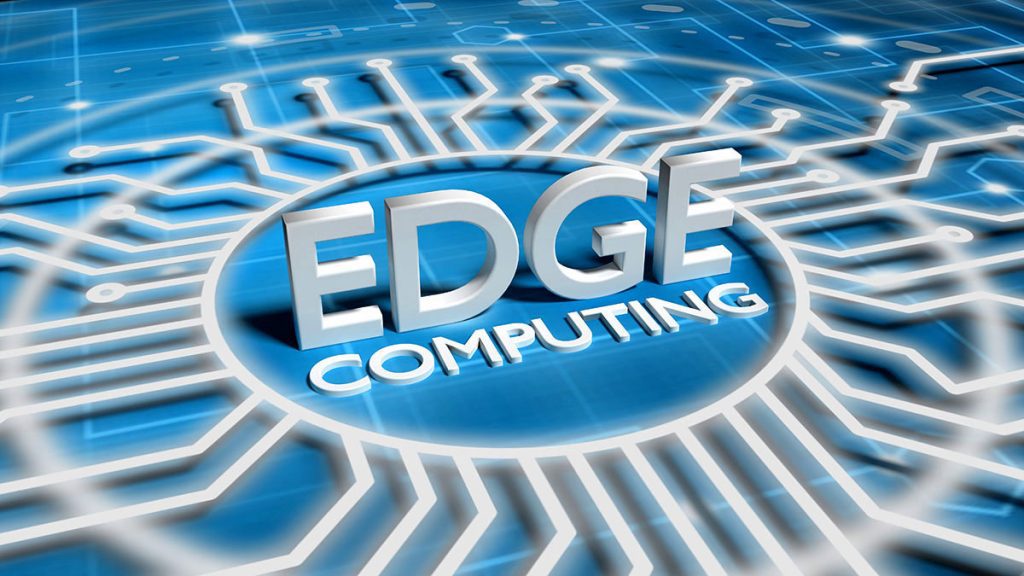
Edge computing and the technology that enable it are fast growing and drawing new participants, opening up new opportunities for organizations and service providers. Operators are targeting the edge computing market and leveraging technology to rise up the value chain and create more income from their networks and services. Edge computing also provides an opportunity for telcos to move beyond providing connection services and into the platform and application market.
However, operators will face stiff competition from other market participants, such as cloud providers, who are racing to define and hold the largest piece of the edge market. Furthermore, industrial solution suppliers like Bosch and Siemens are investing in their own edge services. Telcos are also facing technological and business hurdles when they enter a new market, attempting to position themselves and develop appropriate strategies.
Telcos that do not have a strategic strategy to the edge risk losing their portion of the expanding market as non-telco first movers continue to develop technologies and drive market dynamics. This paper investigates what telecoms should think about when developing edge strategy and what roles they may play in the market.
How the GCC can Benefit from Edge Computing
Operators adopting edge computing will likely benifit all sectors on the GCC. The oil and gas sector in the Gulf area was an early user of the technology because it allows corporations to quickly analyze data from millions of sensors and build new tools and procedures. As a consequence, oil and gas firms will be able to have access to predictive maintenance capabilities, which will allow them to better prepare for and respond to maintenance concerns.
Another enormous potential is retail. Retailers may benefit from emerging technologies and extend the life of their establishments by incorporating edge computing infrastructure into their physical storefronts.
By allowing data collecting and analytics to be done at the source and in real time, retailers have access to a number of services and income sources, including new ways to use offerings such as artificial intelligence and new digital signage technologies in store.
Retailers, for example, may install augmented-reality mirrors in fitting rooms to provide multiple clothing options without requiring the consumer to try on the products, as well as beacon-based heat maps that display in-store traffic.
Edge computing may also be used to aid in the creation of prediction models of future behavior and purchase trends, allowing merchants to plan better and respond faster with the use of AI or automation technologies.
Another industry that is embracing edge computing in which operators can play a large role is healthcare. Faced with fast growing expenses, healthcare providers are looking for fresh ideas that would benefit both patients and physicians. Tracking mobile medical devices for nursing efficiency and equipment optimization are two examples, as are wearable gadgets that track user exercise and provide wellness recommendations.
One significant shift that we will all face is in the car industry. Self-driving automobiles are a prime illustration of how edge computing provides us with experiences and technology that were previously unimaginable. Transmitting data received from several sensors in a self-driving car to the cloud and waiting for a response, impeded by latency, privacy, and bandwidth difficulties, would not be safe for passengers or pedestrians on the street. Instead, the computation is done in the automobile, resulting in a faster reaction time.
Logistics firms are examining the possibility of quicker, more efficient data processing at the edge to improve customer service while lowering costs and emissions. They want to employ data transmitted by street, package, and automobile sensors to alter their mapping and routing capabilities.
Every industry has the potential to create new services, reduce costs and optimize operations by adopting edge computing.
Applications of Edge Computing that Interest Operators
- Cloud data storage
- AR/VR
- High quality video content delivery
- Robotics
- Mobile broadcasting
- Autonomous vehicles/drones
- Roadside/traffic management
- Blockchain as a service
- Cryptography as a service
- AI/analytics as a service
- OT/IT integration (manufacturing)
- Navigation/ Image processing hyperlocation
- Security as a service Collaboration
- Gaming
Operators should investigate various methods of capitalizing on investments in edge computing. The prospects that an operator chooses to pursue with its edge computing concept will be heavily influenced by its strategy in other areas. Only operators with big aspirations for consumer services, for example, will explore the internal consumer services possibility. Both internal business potential and the business retail concept will pique the interest of business-focused operators. The third possibility is most likely to be pursued by operators who already have a wholesale base.
Any investment in network edge capacity, on the other hand, is in a resource that may be shared by multiple sorts of customers. For example, operators developing network edge computation capabilities should assess how they may meet wholesale prospects, as well as other internal use cases. So far, most operators have concentrated on the technology and placement of the edge server. More emphasis should be placed on potential consumers, how investments in technology may suit their demands, and how the service can be distinguished from rivals’ edge products.
Inside Telecom provides you with an extensive list of content covering all aspects of the tech industry. Keep an eye on our Telecoms sections to stay informed and up-to-date with our daily articles.